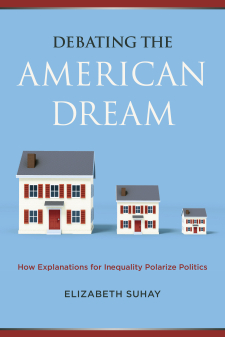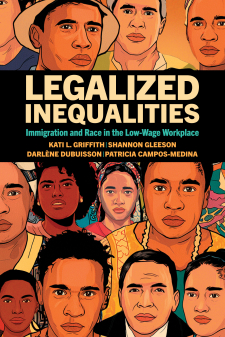The Rural Education Achievement Program’s Effect on Student Academic Achievement and Achievement Gaps
More than one in four of America’s public schools, and nearly one in six of the nation’s students, reside in rural areas. Students in many rural places can face significant challenges that differ from those in urban settings. In response, the federal government has established the Rural Education Achievement Program (REAP) to allocate funding to increase student achievement through the Small Rural School Achievement (SRSA) and the Rural and Low-Income School (RLIS) programs. In this study, the investigators will use a regression discontinuity design to estimate the effect of REAP programs on students’ achievement. Using data from the Stanford Education Data Archive and leveraging eligibility information for SRSA and RLIS collected by the U.S. Department of Education, the investigators hope to discover causal empirical evidence about the impact of SRSA and RLIS on students’ achievement, as well as on racial/ethnic achievement gaps in Mathematics and English Language Arts.





